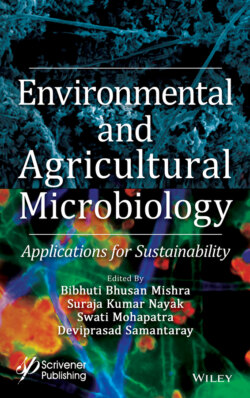Читать книгу Environmental and Agricultural Microbiology - Группа авторов - Страница 73
4.2.2 Biodegradability of Polyamides
ОглавлениеPAs containing amide linkage have strong hydrogen bonding that is less susceptible to the degradation, but some bacteria can attack their low molecular chain [6, 11, 12]. It should be kept in mind that according to IUPAC terminology, the biodegradable polymer is able to undergo chain scissions, resulting in a decrease in molar mass due to enzymatic process from the action of cells; however, in vitro activity of isolated enzymes cannot be considered as biological activity [12, 13]. Even though bio-based material is composed or derived in whole or natural products issued from the biomass, it does not mean that the material is biodegradable. Certain aliphatic PAs are susceptible to biodegradation by microorganisms (fungi or bacterium) [2]. Some of the thermophilic bacteria isolated from the soil favor the degradability of PA 12 and PA 66 in the culture medium [2]. Some of the white-rot fungal strains have these three kinds of enzyme which are able to degrade the nylon [5b, 12, 13]. Some of the marine bacteria degraded the PA 6 and PA 66, such as Bacillus sphericus, Vibrio furnisii and Brevundimonas vesicularis. The PA can be degraded due to the endogenous enzymatic hydrolysis of an amide linkage [3]. The 14C-labeled nylon-6,6 exposed to various enzyme solutions in vitro, but it was unaffected by some of the enzyme-like esterases, but it degraded after exposure of chymotrypsin, trypsin, and papain.
